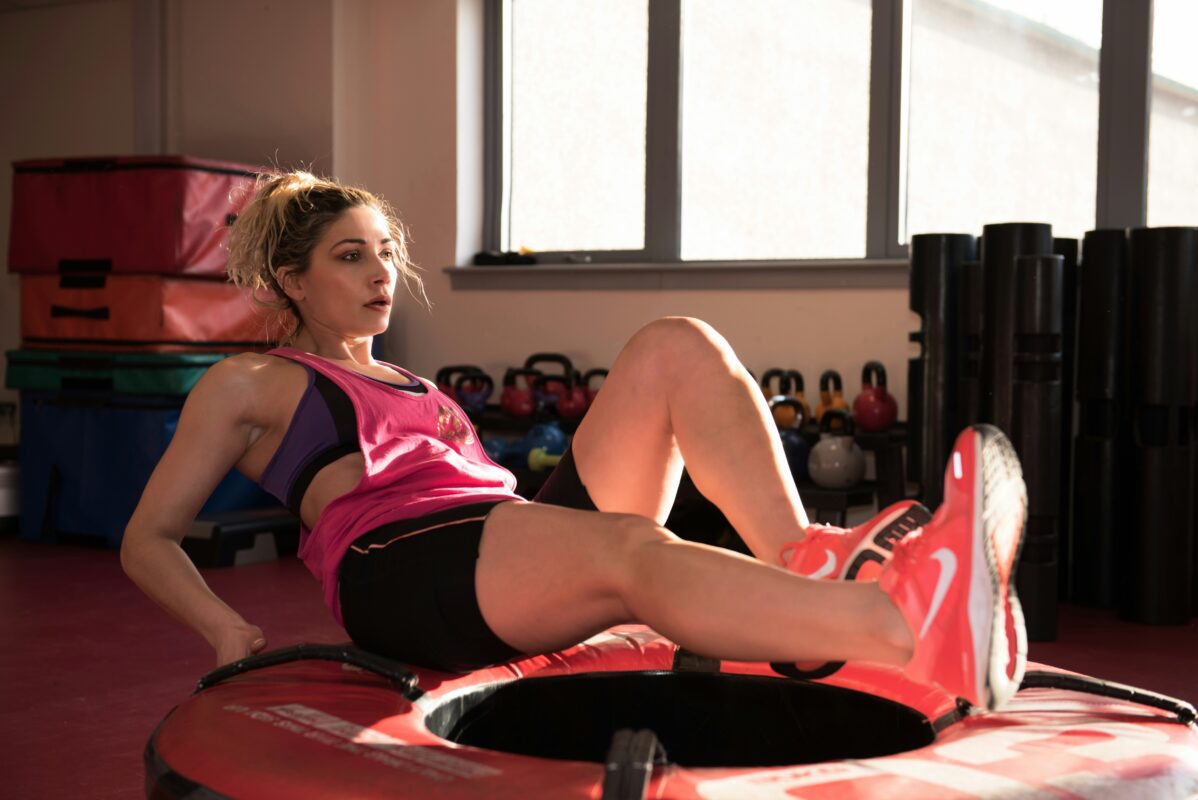MOTIVATION AND INSPIRATION
Unlocking the Creative Mind: Nurturing Imagination and Innovation
It’s a common misconception that women need to do fundamentally different workouts than men. While there are certainly some differences in physiology between the sexes, the basic principles of fitness apply to both men and women. Both genders benefit from cardiovascular exercise, strength training, flexibility work, and overall functional movement patterns.
However, there are some considerations to keep in mind when designing workouts for women:
- Strength Training: Women can absolutely benefit from lifting weights just like men. In fact, strength training is essential for both genders to build lean muscle mass, increase metabolism, and improve bone density. Women may tend to have less upper body strength compared to men, so focusing on compound movements like squats, deadlifts, and rows can be particularly beneficial.
- Intensity and Volume: While women are equally capable of high-intensity workouts, some may find that they prefer slightly lower intensity or volume compared to men. This can vary greatly depending on individual fitness levels, goals, and preferences. Listening to one’s body and adjusting intensity accordingly is key for both men and women.
- Hormonal Considerations: Women’s hormonal fluctuations, particularly during menstruation, pregnancy, and menopause, can affect energy levels, strength, and recovery. It’s important for women to listen to their bodies and adjust their workouts accordingly during these times. For example, some women may find that they have more energy and strength during certain phases of their menstrual cycle, while others may need to dial back the intensity.
- Core and Pelvic Floor Health: Women may benefit from additional focus on core and pelvic floor exercises, particularly during pregnancy and postpartum recovery. Strengthening these areas can help prevent injury, improve posture, and support overall pelvic health.
- Flexibility and Mobility: Women tend to have greater flexibility than men, thanks in part to differences in joint structure and hormones. While flexibility is generally a positive attribute, it’s important to balance it with strength and stability to prevent injury. Incorporating dynamic stretches, yoga, and mobility work can help women maintain optimal flexibility and mobility.
Ultimately, the most important factor in designing a workout program for women (or anyone, for that matter) is individualization. Each person is unique, with different goals, preferences, and needs. A well-rounded workout program should include a variety of exercises that address strength, cardio, flexibility, and functional movement patterns, tailored to the individual’s goals and abilities.

